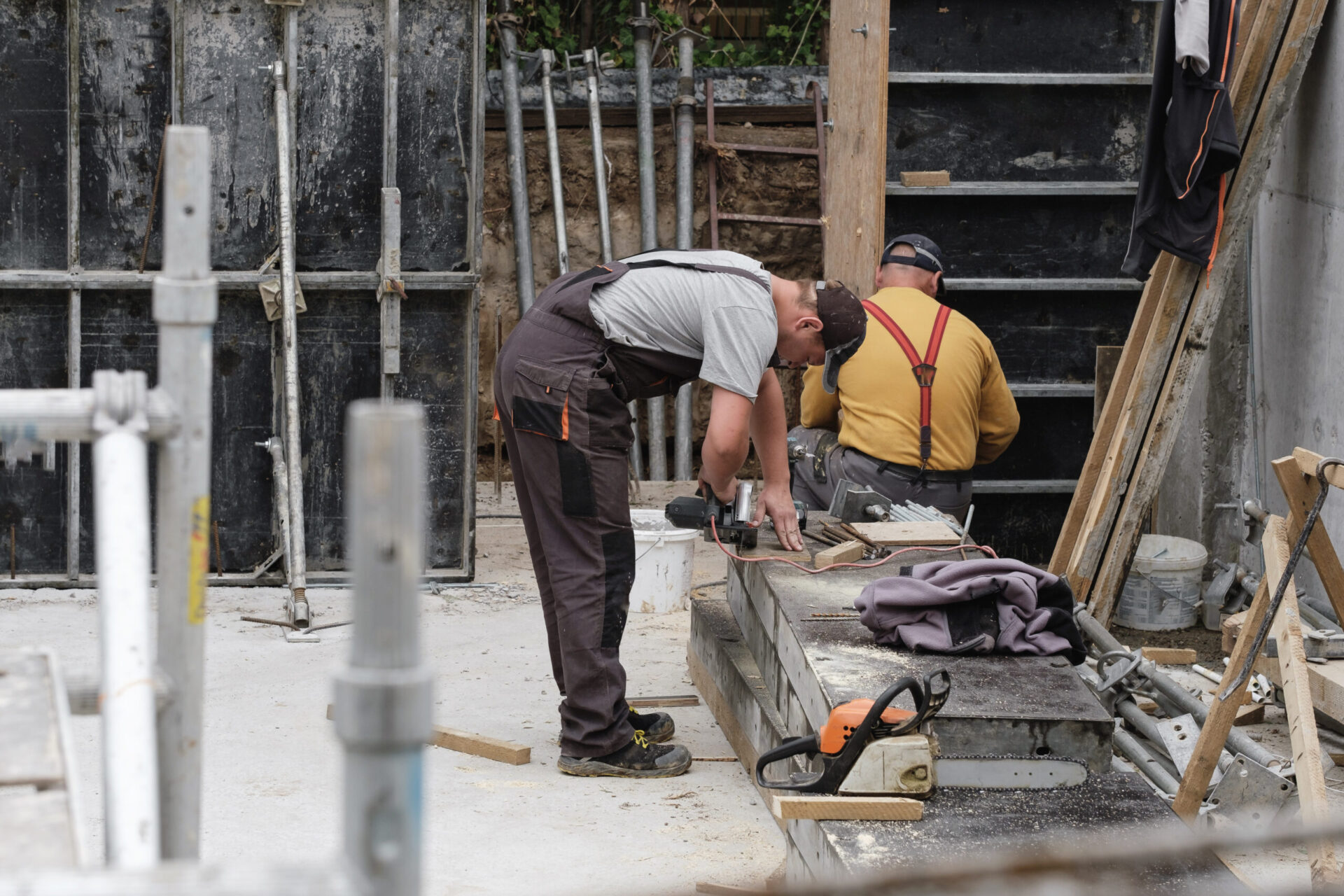By KIMBERLEY HAAS
The executive director of the New Hampshire Home Builders Association says the biggest problem they are currently facing is unstable prices due to inflation.
In a recent interview with The Mortgage Note, Matt Mayberry explained that contractors are trying to stay within their budgets on projects but it is difficult because prices are volatile due to inflation and supply chain issues.
It’s also difficult to bid on upcoming work.
“How do we estimate jobs correctly? What are the metrics we use to do this?” Mayberry said.
One thing that has improved, Mayberry said, is the waiting time for projects to be completed.
During the pandemic, many projects were pushed out to a year and a half for their expected completion time.
“The window of inaccessibility has shrunken by about seven months,” Mayberry said.
The New Hampshire Home Builders Association was founded in 1952 and represents residential building, remodeling, and development interests in New Hampshire. With a combined membership of nearly six hundred companies – employing over 30,000 New Hampshire citizens – every aspect of the building industry is represented by the association, according to their website.
Mayberry said they represent about 450 builders.
As new home construction cools, some leaders in the industry say President Joe Biden’s Inflation Reduction Act is a mixed bag for housing and members of the National Association of Home Builders.
The bill includes measures that may be beneficial to the housing industry, and others that may be harmful and are likely to drive up the cost of housing. Despite the positive 11th-hour changes to the legislation pushed by NAHB, overall industry concerns with the legislation outweigh the benefits, according to leaders at the National Association of Home Builders.
Jim Tobin, chief lobbyist and EVP for government affairs, said the biggest flaw is the lack of any money to alleviate the housing supply crisis.
The organization is a Washington, D.C.-based trade association representing more than 140,000 members who work in home building, remodeling, multifamily construction, property management, subcontracting, design, housing finance, building product manufacturing, and other aspects of residential and light commercial construction.
On May 16, White House officials said in a press release that Biden’s Housing Supply Action Plan will ease the burden of housing costs over time by boosting the supply of quality housing in every community.
“His plan includes legislative and administrative actions that will help close America’s housing supply shortfall in 5 years, starting with the creation and preservation of hundreds of thousands of affordable housing units in the next three years. When aligned with other policies to reduce housing costs and ensure affordability, such as rental assistance and downpayment assistance, closing the gap will mean more affordable rents and more attainable homeownership for Americans in every community. This is the most comprehensive all of government efforts to close the housing supply shortfall in history,” the press release states.
According to the National Low Income Housing Coalition, there’s a national shortage of seven million homes.
There’s fewer than four affordable and available rental homes for every 10 extremely low-income renter households and not one state has an inventory of homes within their financial wherewithal to satisfy demand.
Dennis Shea, Executive Director of the Terwilliger Center for Housing Policy, told The Mortgage Note in an interview with Chuck Green the action plan properly addresses a key factor behind today’s housing affordability crisis, and that’s the severe shortage of affordable homes both for rent and for sale.
“Today, we’re witnessing a mismatch between the high demand for housing and an inadequate supply that is propelling housing costs upward,” Shea said.
Through a variety of different approaches, both legislative and administrative, the plan aims to close this gap, he continued.
Shea said that under the plan, the Administration will reward jurisdictions that have reformed zoning and land-use policies with higher scores in certain federal grant processes, for the first time at scale.
The plan will deploy new financing mechanisms to build and preserve more housing where financing gaps currently exist: manufactured housing (including with chattel loans that the majority of manufactured housing purchasers rely on), accessory dwelling units, 2-4 unit properties, and smaller multifamily buildings.
The administration also plans to:
-Expand and improve existing forms of federal financing, including for affordable multifamily development and preservation.
-Ensure that more homes and other housing goes to owners who will live in them – or non-profits who will rehab them – not large institutional investors.
-Work with the private sector to address supply chain challenges and improve building techniques to finish construction in 2022 on the most new homes in any year since 2006.
Jeffrey Zabel, a professor of economics and director of the MS Program in Data Analytics at Tufts University, says it will take years before significant results will be seen.
Zabel noted that while the plan is comprehensive, it will take much longer to meet America’s housing shortage than the five years that the Biden team claims — particularly since many of the programs the administration is pushing must go through Congress.
Writer Chuck Green contributed to this article.
Read More Articles By Kimberley Haas:
Moving To Mexico! Americans Looking For Homes South Of The Border
New LendArch COO Says They Can Help Mortgage Firms Improve The Loan Origination Process
Bank Of America Working To Improve The Health Of Children
Look At The Crown Jewel Of Newport, Rhode Island Mansions
Email story ideas to Editor Kimberley Haas: [email protected]
